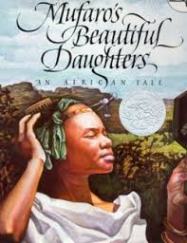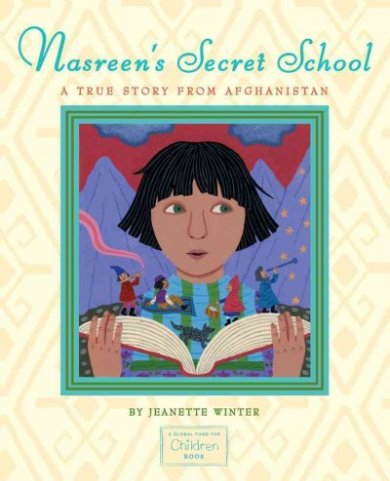Post by Rachel Perrone
Genre: Realistic Fiction
Age Recommendation: 4yr-8yr, or Grades K-3
Quinito is a young boy who is proud of his family’s and neighbor’s accomplishments. While the story is simple, Quinito clearly paints a picture of his busy neighborhood and how the lives of the people within it are intertwined. For example, Guillermo the mailman is going to marry Sonia Isabel, the daughter of the woman who sells another neighbor’s bread. Quinito also tells us how his mami is a carpenter, his abuela drives a big truck, and his cousin goes to clown school. With simple statements and intriguing illustrations, Quinito’s Neighborhood not only provides children with a view of the diversity that creates a community, but also breaks the gender stereotyping regarding which jobs a man can do and which ones a woman can perform.
This story clearly shows children that there are no jobs men and women can’t do. A woman can drive a truck if she wants to! Qunito’s Neighborhood is great for bilingual children because it provides text in both English and Spanish, even incorporating words such as abuela into the English text. It shows them how they do not have to lose their Spanish culture just to join the American mainstream. The text includes not only colorful, attractive illustrations, but also a glossary at the back of the book, which is helpful to both children who do and do not speak Spanish. I would definitely include this book in my classroom! I could use it with both English and Spanish-speaking students because of its dual language text. This would allow my students to be able to discuss the text with any of their peers and can help everyone develop respect and understanding of other cultures. According to Tompkins (2013), creating a comfortable classroom environment “is especially important for ELs so that they feel valued and are comfortable taking risks and admitting when they’re confused or need assistance”(p. 42).
I would use this text in my class to not only develop a sense of comfort, but also to further engage ELL’s. Tompkins (2013) discusses various techniques that can be used to help ELL’s succeed in the classroom. By using a text that is accessible to both native and non-native English speakers, children can be grouped with a variety of peers. They can have the opportunity to not only participate, but actually engage, in small groups, whole class instruction, and individually. By working in small groups with a text that all students can access, Spanish-speaking students have the ability to actively contribute to the discussion and better their English by means of social interaction. This text also can be used to incorporate mini-lessons. Teachers can use the dual-language text to help students align Spanish vocabulary with its English counterparts. Also, Quinito’s Neighborhood helps the students build upon their background and funds of knowledge. Overall, this text is a great way to effectively engage ELL’s.
Cumpiano, Ina (2005). Quinito’s neighborhood. San Francisco, CA: Children’s Press Books.
Tompkins, G.E. (2013). Language arts: Patterns of practice. Upper Saddle River, NJ: Pearson.

